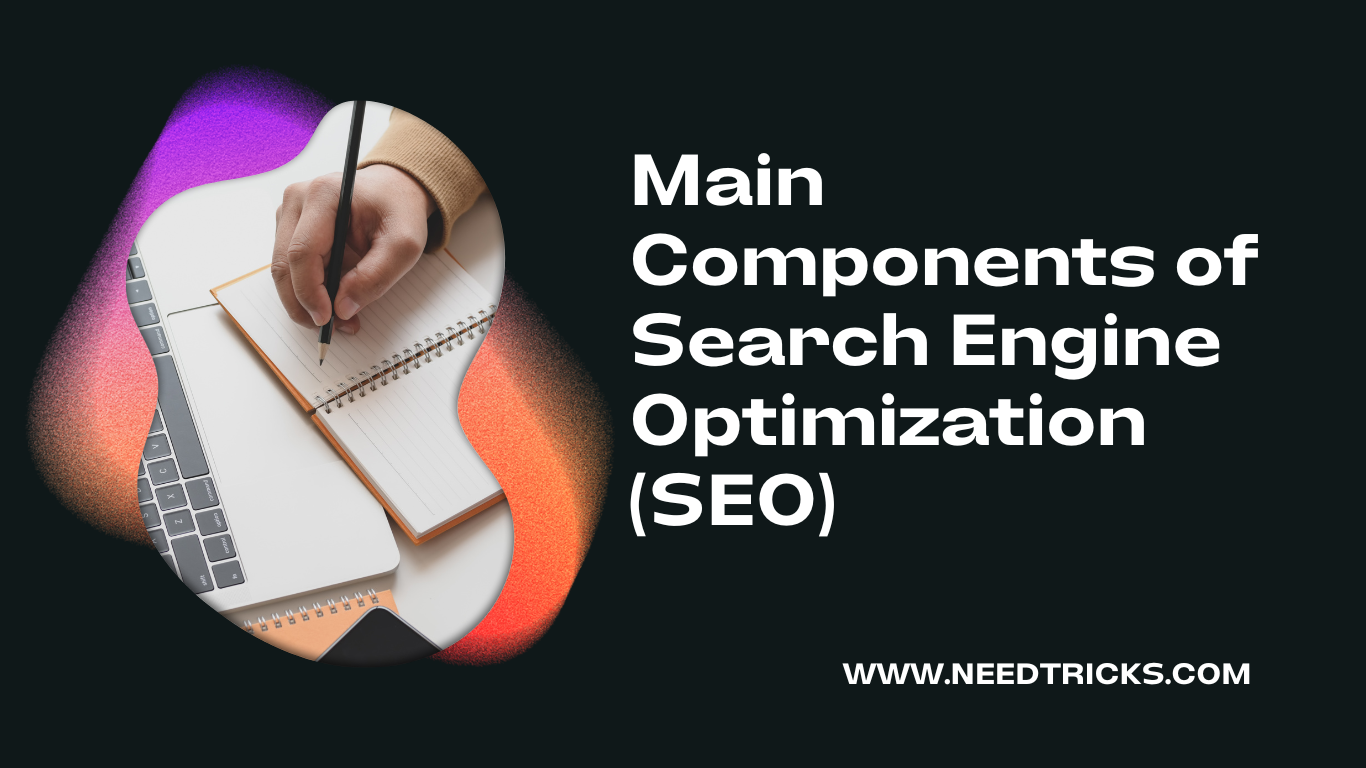Here are the main components of a website that are important for search engine optimization (SEO):
Keyword Research:
- Identifying relevant keywords and phrases that users are likely to search for when looking for information related to your website.
Title Tags:
- Optimizing the title tags of your web pages with targeted keywords.
- To provide search engines with a clear understanding of the content.
Meta Descriptions:
- Crafting compelling and concise meta descriptions that accurately summarize the content of each web page.
- And entice users to click on your search result.
URL Structure:
- Creating clean and descriptive URLs that include keywords and make it easier for search engines.
- And users to understand the page’s topic.
Heading Tags:
- Utilizing heading tags (H1, H2, H3, etc.) to structure your content and highlight important sections.
- Including relevant keywords where appropriate.
Content Optimization:
- Creating high-quality, relevant, and engaging content that incorporates targeted keywords naturally and provides value to your audience.
Internal Linking:
- Establishing a logical internal linking structure within your website.
- To help search engines discover and navigate your content effectively.
Site Speed Optimization:
- Optimizing your website’s loading speed by compressing images, minifying code, and leveraging caching techniques.
- To improve user experience and search engine rankings.
Mobile Responsiveness:
- Ensuring that your website is mobile-friendly and responsive, as mobile usability is a crucial factor in search engine rankings.
User Experience (UX):
- Designing your website with a focus on providing a positive user experience.
- Including easy navigation, clear calls to action, and intuitive design.
Image Optimization:
- Optimizing images by reducing file sizes, adding alt text with relevant keywords.
- And ensuring proper formatting to improve page load times and enhance accessibility.
Schema Markup:
- Implementing structured data markup to provide search engines with additional information about your website.
- Such as reviews, ratings, and events.
XML Sitemap:
- Creating an XML sitemap that lists all the pages on your website, helping search engines crawl and index your content more efficiently.
txt File:
- Using a robots.txt file to instruct search engine crawlers on which parts of your website to crawl and index and which parts to exclude.
SSL Certificate:
- Ensuring your website has an SSL certificate to establish a secure connection.
- Which can contribute to improved search engine rankings.
External Linking:
- Building high-quality external links from reputable websites that point back to your website.
- Which can boost your website’s authority and visibility in search results.
Social Sharing:
- Incorporating social sharing buttons to make it easy for visitors to share your content on social media platforms.
- Potentially increasing visibility and traffic.
Analytics and Tracking:
- Implementing website analytics tools like Google Analytics to monitor and measure your website’s performance.
- Including traffic, user behavior, and conversions.
Ongoing Content Strategy:
- Developing a long-term plan for creating and publishing fresh, relevant, and engaging content.
- To keep your website up-to-date and attract more organic traffic.
Continuous Monitoring and Optimization:
- Regularly monitoring and analyzing your website’s performance, making adjustments based on SEO best practices.
- And staying up-to-date with search engine algorithm changes.
Remember, SEO is a dynamic field, and best practices may evolve over time. Staying informed and adapting your strategies accordingly is essential for maintaining a strong online presence.











